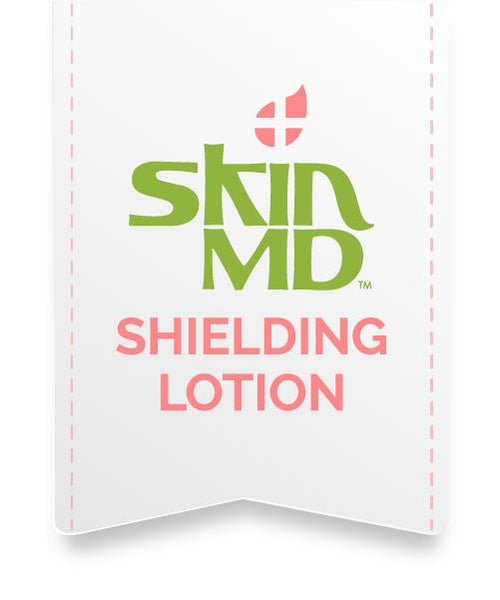Sunburn is caused mostly by the UVB rays which are supposedly the strongest during the summer and spring months. This does not mean that they disappear during winter. Even with the colder months approaching, you must keep that SPF on hand. UVB rays are capable of causing sunburn and skin damage throughout the year - especially near reflective surfaces such as ice or snow.
There are many misconceptions about wearing sunscreen in the colder months. Here are a short few to remember:
Myth #1: A base tan helps prevent skin cancer
Truth: A base tan is absolutely no substitute for sun protection. A tanning bed has UVA radiation which does not burn the skin like UVB rays but it actually enters deeper into the skin. There is no such thing as a “safe” tan. Damaged skin is damaged skin!
Myth #2: There is no need for sunscreen during the winter
Truth: Protecting your skin from the sun is a 24/7 year round commitment. If you have snow in your backyard or enjoy snow related sports, well, snow reflects up to 80% of UV rays. And if you are skiing or snowboarding on the slopes, make sure to keep in mind that the higher the elevation, the more intense the exposure to UV rays.
Myth #3: If it’s cloudy, you can’t get burnt
Truth: Almost 80% of the sun’s UV rays are able to pass through the clouds and fog. They can block most UVB rays but will not block most UVA rays which are the rays that enter deep into the skin.
Myth #4: SPF 30 sunscreen blocks more UV rays than SPF 15 sunscreen
Truth: The FDA recommends using sunscreen with an SPF value of 15 or more. SPF 15 means you can enjoy 15 times longer in the sun before burning your skin. SPF 15 filters out 93% of UVB rays, while SPF 30 filters out about 97%. And remember to always reapply every 2 hours or if you are going to be sweating or swimming. Try out Skin MD Shielding Lotion here which is a multi-purpose face lotion https://www.skinmdbotanical.com/collections/all
Myth #5: You can only get Vitamin D from the sun
Truth: You would be surprised at how many other ways you can get vitamin D. Include food high in vitamin D such as: fatty fish like tuna and salmon, cheese, yolks, liver, and fortified milk. Also multi-vitamins and supplements are a solution as well. You certainly do not need to get a tan-line to get your daily dose.
Remember that sun safety should always be on your mind. Get to know your skin and which sunscreen works best for you.

Comments (0)
Back to Skincare